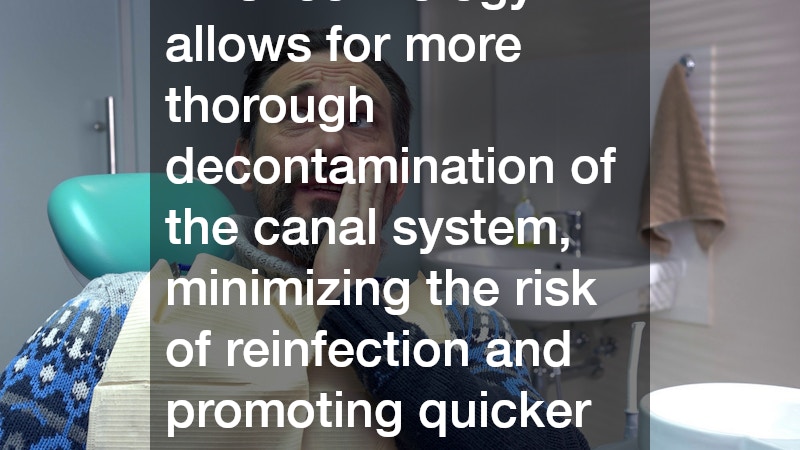How Advanced Technology Has Transformed Root Canal Therapy
Root canal therapy, once a procedure dreaded by many, has undergone a significant transformation thanks to the integration of advanced technologies. The dental field, traditionally slow to adopt fast-paced technological changes, has seen a remarkable shift in recent years. Innovations ranging from digital imaging to laser techniques have revolutionized endodontic treatments, making them more effective, efficient, and comfortable for patients.
This evolution not only benefits patients by reducing discomfort and recovery time but also empowers dental professionals to deliver more precise and successful outcomes. In this article, we delve into how these technological advancements have transformed root canal therapy.
One of the most significant breakthroughs in root canal therapy has been the introduction of advanced imaging technologies. Digital radiography has replaced traditional X-rays, allowing for clearer and more detailed images of the patient’s teeth. This technology enables dentists to assess the extent of the infection more accurately and to plan the course of treatment with higher precision. Additionally, the use of 3D imaging such as CBCT (Cone Beam Computed Tomography) offers a comprehensive view of the tooth’s structure, identifying complex root canal systems that may not be visible with 2D images. This level of detail improves diagnosis and guides more targeted interventions, ultimately enhancing the success rates of root canal therapies.
Another technological marvel that has greatly influenced root canal therapy is the advent of laser dentistry. Lasers have introduced a less invasive option for cleaning and disinfecting the infected root canals. This technology allows for more thorough decontamination of the canal system, minimizing the risk of reinfection and promoting quicker healing. Lasers also reduce the need for drills and other traditional tools, which can cause more discomfort and anxiety in patients. The precision that lasers offer means that surrounding tissues remain largely unaffected, thus preserving more of the natural tooth structure.
Electronic apex locators are yet another advancement that has improved the efficacy of root canal therapy. Determining the precise length of the root canal is crucial for ensuring that the entire canal is treated and sealed to prevent future infections. Traditional methods often rely on guesswork or dependence on X-ray estimation. However, electronic apex locators provide a highly accurate measurement of the canal length by sending small electrical signals to determine the position of the root canal terminus. This technology enhances the predictability of treatment outcomes and reduces the number of necessary radiographs, promoting better patient safety and comfort.
The introduction of rotary endodontics has further enhanced the way root canal treatments are performed. Rotary instruments, powered by electric or air-driven motors, allow for more efficient and uniform cleaning and shaping of the root canal. These instruments reduce the manual effort and skill required from dentists, leading to faster procedures and reduced fatigue. Additionally, rotary systems often use nickel-titanium files that are flexible and can navigate intricate root canal anatomy more effectively than traditional stainless steel files. This flexibility minimizes the risk of file breakage and reduces the likelihood of complications during the procedure.
Furthermore, advancements in biocompatible materials used in root canal therapy have improved the long-term success of the procedure. These materials, often used for filling and sealing the canal after cleaning, are designed to integrate seamlessly with the tooth structure. They are resistant to leakage and help maintain a tight seal, preventing bacterial invasion and ensuring the longevity of the tooth post-treatment. The use of such high-quality materials ensures that patients experience fewer complications and enjoy lasting relief from infection, preserving their natural teeth for many more years.
In conclusion, the impact of advanced technology on root canal therapy cannot be overstated. From digital imaging and laser techniques to innovative materials and instruments, each advancement contributes to a more efficient, precise, and comfortable treatment process. These technologies not only improve the quality of care but also transform the patient experience, reducing fear and anxiety associated with dental procedures. As technology continues to evolve, the field of endodontics will undoubtedly see further improvements, promising even better outcomes for patients requiring root canal therapy. The future of dental care is indeed bright, offering a better prognosis for those in need of advanced dental treatments.




